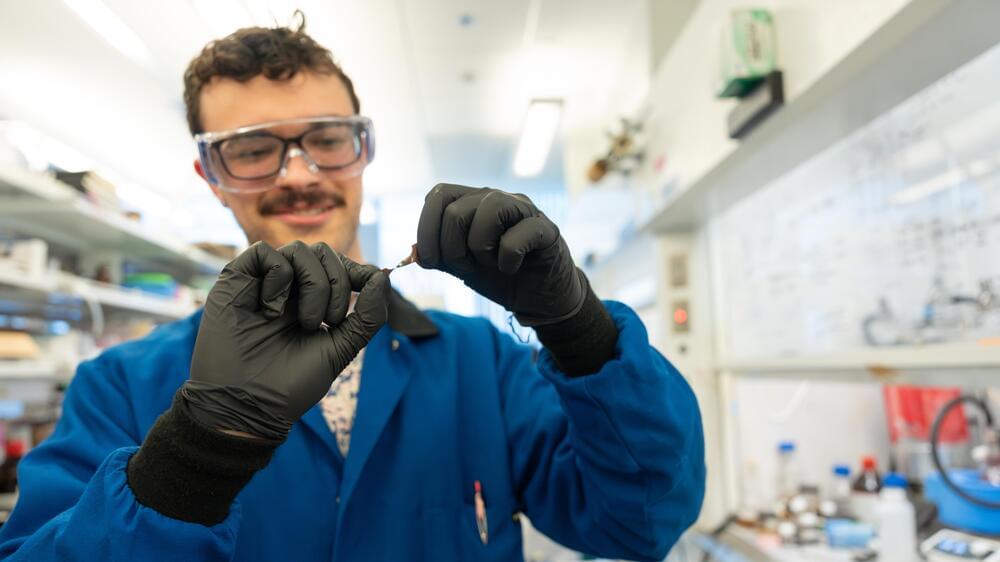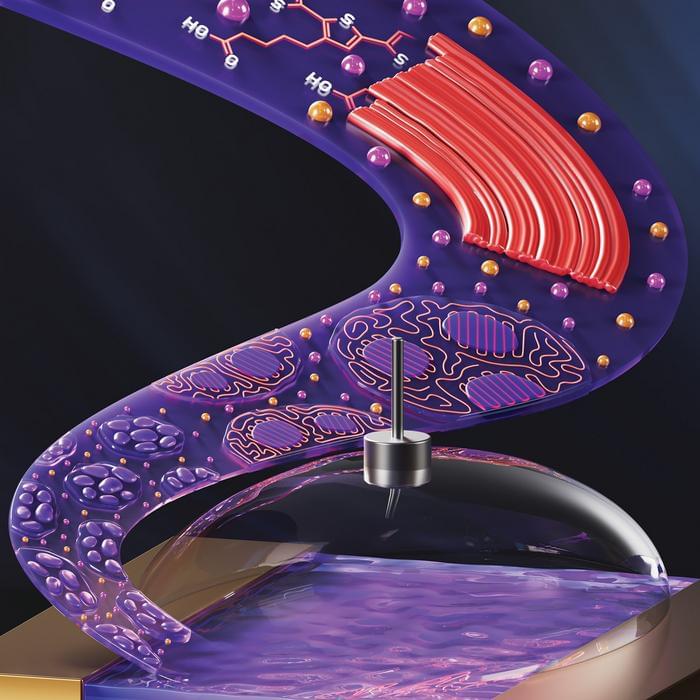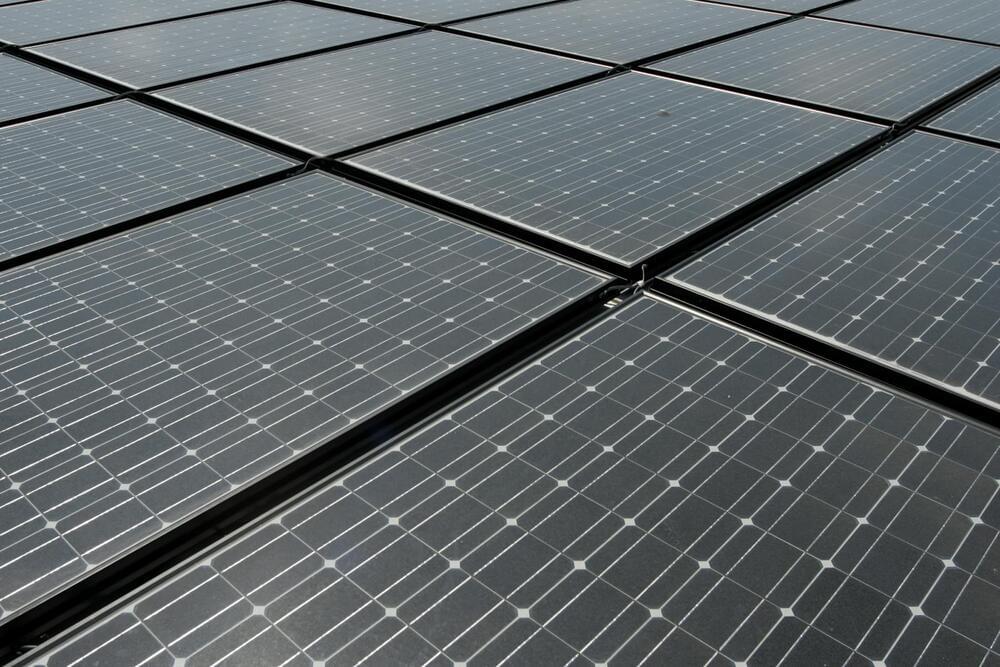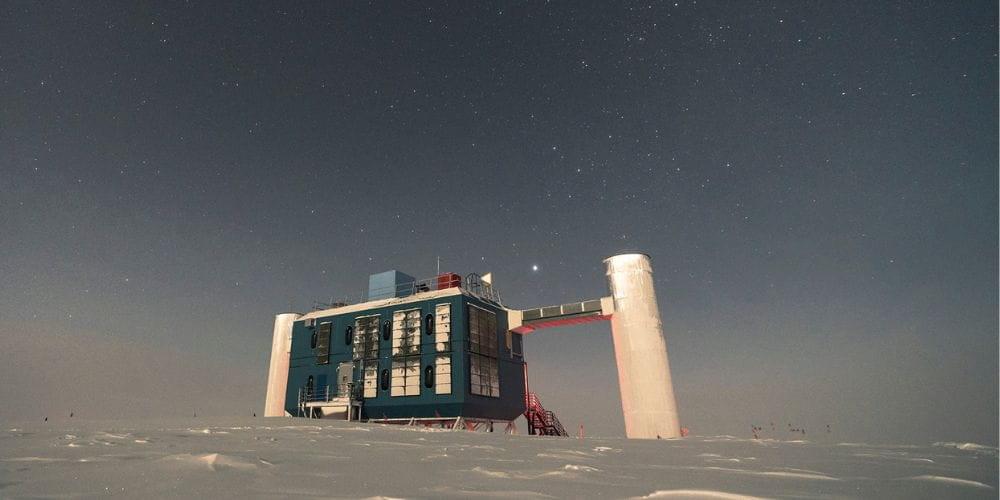May 23, 2024
UChicago scientist seeks to make plastic more recyclable
Posted by Shailesh Prasad in categories: engineering, materials
Editor’s note: This story is part of ‘Meet a UChicagoan,’ a regular series focusing on the people who make UChicago a distinct intellectual community. Read about the others here.
When asked to explain the difference between recyclable plastics, Pritzker School of Molecular Engineering graduate student Sam Marsden pulled out a paperclip chain and a length of small strings crudely knotted together.
The paperclip chain represented a highly recyclable plastic like the polyethylene terephthalate, or PET, found in soda bottles and the fibers in clothes. These can be broken down to the molecular level—ie., the individual paperclips—and rebuilt into like-new materials.


















